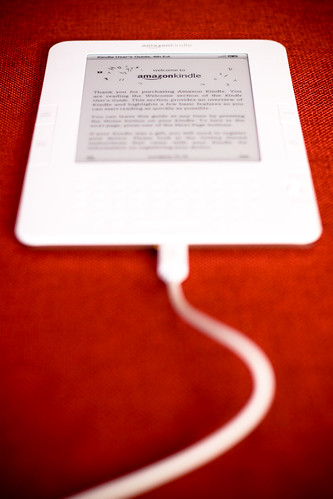 So after the Harper Collins Incident of the last couple of weeks, I thought it would be interesting to see, based on my library, what the numbers looked like for books that have circulated more than 26 times. Here are all the caveats, in hopes of derailing some of the questions that I’m sure this data will raise:
So after the Harper Collins Incident of the last couple of weeks, I thought it would be interesting to see, based on my library, what the numbers looked like for books that have circulated more than 26 times. Here are all the caveats, in hopes of derailing some of the questions that I’m sure this data will raise:
- This is, roughly, 10 years worth of circulation data. The last major ILS migration happened 10 years or so ago, and the data from the decades prior to that is non-trivial to access or non-existent.
- UTC has about 10K FTE students
- Our circulation is, based on peer-institutions, ridiculously low. We are working on fixing part of the problem.
Now, the numbers: removing AV materials (DVD/VHS, audiobooks, CDs), reserve items, and things that don’t circ (journals, etc), we have 409,213 things in our catalog that qualify, mostly, as “books” and that are available circulation. That includes Reference, which only circulate to Faculty, but seemed worth including. Of those 409,213 items, the total number of them that have circulated more than 26 times in 10 years is:
126
Yep, that’s right. 126 books, or just about .03079% of our collection. Looking at the titles, that’s even including multiple copies of the same work (we have three copies of A rhetoric and composition handbook that are all on the list of >26, for example).
If you add the total number of times these books circulated, and divide each by 26 to determine how many additional books the library would have had to purchase IF they had all been eBooks under the Harper Collins rules, my library would have had to purchase an additional 148 books in order to meet the demand. That’s under 15 titles a year, on average. I don’t have average costs of Harper Collins ebooks handy, but if they followed the Amazon pricing model for eBooks, they would be between $9.99 and $14.99 each. Let’s split the difference and call the average price $12.99…that means my library would have to find an extra $194.85 a year to keep up.
I understand that eBook have the potential to circulate more often than print…the decrease in access time alone should push them to be more popular choices, if what we’ve seen happen to our print journals is any indication. I also know that one small academic library is the equivalent of anecdata in the grand scheme of libraries. But if we don’t look at numbers, and only look at rhetoric, I think we’re doing ourselves a disservice.
I still disagree with Harper Collins new eBook rules, but for a lot of reasons that don’t necessarily come down to “it’s horrible for my library”. It is, I think, a bad idea to change the rules of the game midstream, at least without a lot of input from all the concerned parties (and no, I don’t actually think that a lot of libraries were consulted about this change). But it’s also a bad idea, as I’ve said a few times now, to just assume that the digital needs to act like the physical. We need to find new ways of dealing with these things, and I hope that situations like #hcod are just growing pains.



